First Quarter: Putting-yourself-into-thing
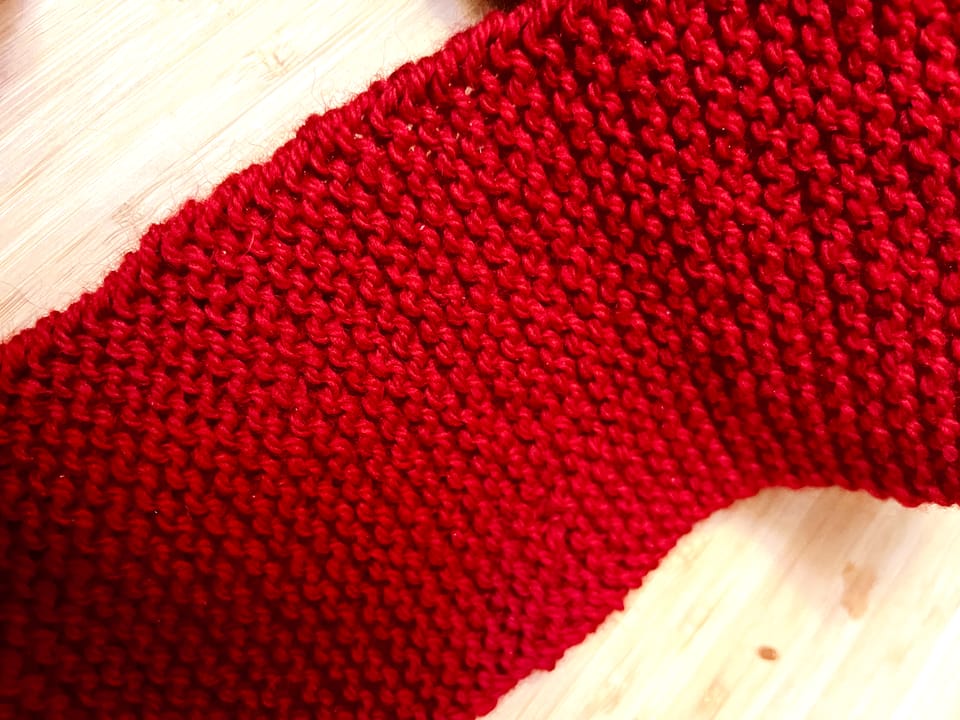
Hello. It's Friday.
Where I live we are still in real winter, praise be, a reprieve from the past few weeks' convergence of eco crisis and standard-issue El Niño. In my new custom of recording the goings-on of the land and sky to which I hope to better belong, with the cold and the snow I can now appreciate the full rhythm around me. Crisp, bitter mornings where the silence is broken by crow's caw and raven's croak — the ice glaze at the edges of the nearest river — and the new pattern of stars during the night hours when I'm awake. Within that time the north horizon is marked more by the Dragon than by the Plough, which turns upward in the northeast; the Hunter and his dogs have already begun their crossing and will hang at their height when I go to sleep; I can see Regulus, the brightest star of my tropical sign Leo; and the triangle of Altair, Vega, and Deneb is harder and harder to view in its complete shape, especially with the woods that rise up the hill to my west.
That is what's around me. As for myself, I am once again reflecting on hand crafts. I think I'm about a year into my self-apprenticeship in knitting; and having already written out my first impressions of the practice seven months ago, I've since learned several new stitches, acquired many new needle types, and graduated to making hats — but I wouldn't yet say that I've developed so many skills that I can now write extensive insights about working with yarn that I didn't write before. However, due to sheer repetition, I think the process has heightened my understanding of something I call putting-yourself-into-thing, for lack of a single English word.
I am going to try as best I can to explain this phenomenon: as a point of ancestral culture, as a thing I encounter through my own arts and crafts, and as a node in the network of ritual living.
On objects of power
After being a blood-sworn witch for more than six years, I have yet to feel confident in any person's ability to take an existing object and imbue it with something resembling "magic powers," or to do the same through making a new object. Whether you call the thing a charm, amulet, talisman, or simply describe it as enchanted, my own attitude is skepticism — at least if the magic is meant to do things like categorically halt intruders, heal illnesses, bring good luck, and yield empirical proof of doing so.
This is not to say I don't believe in magic. I have played with what I call magic very, very slowly, because if it is physical then it is still not measurable except in a subjective way; and this heavily psychic, heavily context-dependent quality makes it highly effective at accomplishing certain unquantified goals when conditions are right, which makes it extremely dangerous. Much like hypnosis and much like (even consensual) power exchange.
Magic is a word for the otherwise indescribable, mentally-rendered phenomena of eerie coincidence, conjured perception[1], placebo, nocebo[2], and alignment of symbolic and material relations. Among other things. I think that unfortunately a lot of people who know how to use magic are not ethical, and also that a lot of people who would like to practice magic are working from a very Christianized perspective on what they're going to do: miracles. To me, magic is far too subtle to perform true miracles, and the closer it gets to performing one, the less often that "just anyone" should feel free to do it. That is psychotechnology on a nuclear scale.
Nevertheless, I am starting to think the magic is not the same as the sacred; and if magic is rare, the sacred is not. The sacred infuses anything that is done with ritual, reverence, and relation-building. And in this manner, I've found that even when an object is not necessarily magical, it can be made powerful through a sacred act, or through consecration to sacred purposes.
I have used such objects as part of my post-2oth century classical witch's toolkit — my wand, blade, chalice, and dish — and as elements of the sexual rites I've performed that do, under ideal conditions, constitute "sex magic" (the magic being brought out by the actual sexual energy, not by the tools involved). I feel as if I've also started to encounter these objects in other areas, too. The common thread between them is not that they are enchanted to do something supernatural, but that there is exceptional, palpable weight given to the function that they can already do, such as the blade's cutting, or the chalice's water-holding.
Those two items are made of metal, and the wand is wood, and the dish is stone. In a pre-industrial community the smith, the carpenter, and the mason would be just a few of many artisans treated with immense respect; there were also abundant superstitions around their crafts and sometimes the very materials they used (e.g. iron, a ward against Otherworldly entities).[3] I think this speaks to the animist significance of what a craftsperson does by making things: they are engaged in one of the most quintessentially human things that any human can do, which is using tools, sometimes even to make other tools. Through this they are taking an item that may or may not have had its own purpose, and through a careful dialogue with this material — you must speak with the material, of course, understanding its own needs perfectly, or it will simply break and misbehave and not let you make anything out of it — they are creating a function. Giving it that function is itself wildly powerful; if the thing you've made is still not itself magical, you have still used a kind of magic to make it by placing intention behind it.
You have transferred a part of your will, and your self, to the thing.
Putting-myself-into-thing
As always, I cannot speak too much of my writing outside this space, but it's no secret that I've been writing a novel partly set in "Arthurian Britain," that is Britain just after the Roman legions withdrew and just before early English settlers recolonized the already-exploited landscape and its inhabitants. This novel's first draft is nearer and nearer to completion, but before the years I've spent writing it, I also spent several solid years doing research. My notes were meticulous for the most part, but I will always berate myself for one terrible mistake, which was losing where I wrote down some of the first sources I used. Therefore I know there are several books I read that I probably can't find again and that I also can't properly cite if people want to know where I found something out. I must only ask that readers trust that the few gaps in my documentation can really be filled in by something — and as for what I'm writing right here, I have something to relate from my research that I cannot directly quote or tell you were to find it. Nevertheless:
Early on in my research, I was reading about Neolithic, Bronze Age, and early Iron Age archaeological finds in Britain, hoping to gain a fuller picture of the latest that anyone knows concerning pre-Roman religion among the indigenous Britons, both before and after they adopted Celtic languages or cultural markers. Naturally, so far the best evidence of anything is still far from a smoking gun that could help override the only written information, which is Roman propaganda about their conquered victims; but there are countless interesting fragments, whispers, shadows. One thing that stuck in my mind most profoundly was the implication of an embedded custom of treating hand crafts and art objects with mystic, numinous meaning, as if the creator of these things was practicing a sacred rite of putting their self into their creations. This attitude may have been preserved through medieval Cymric literature concerning many powerful objects scattered across the isle of Britain, among related topics.
The phrase putting-oneself-into-thing entered my private vocabulary from this notion.
Now of course, I don't wish to suggest that this way of thinking about crafts is uniquely British, uniquely Celtic, nor that it originates anywhere in those cultural spheres, nor that putting-oneself-into-thing is absolutely a term for crafting and art-making that my ancestors used, and not even that my ancestors' beliefs around powerful objects would have been any more pronounced than another culture's beliefs in the same basic concept. In the reading I was doing at the time, I think I simply encountered a rather universal theme through a specific cultural lens.
But that specificity was important. It reminded me, as other educational moments before and after have also done, that I'm not exempt from ancient ritual lineages — nobody is. And since then, putting-oneself-into-thing has been a semantic inspiration for the everyday crafts and artwork that I engage in. It would be interesting if eventually I happened to create a true object of power as a result.
I know I have been putting-myself-into-things for a long while when it comes to words. Whether serving the aesthetic functions of telling a story or the educational functions of teaching a lesson, or blending these things into one, I'm always writing with a goal whose roots run through my whole personality. I do not like to write if I can't do it wholly in my own way; when I write my own way, then it's one of the most instinctive actions for me to perform. With anything I write, a kernel of my very consciousness stays there even after I complete the final draft[4]. Writing scatters me slowly beyond my own body.
But while writing does require my hands — to hold a pen or pencil, and to type on a keyboard — thinking about it today I've realized an even more primordial sense of putting-myself-into-things takes place when I switch off the linguistic portion of my brain and deal purely with matters of hand-eye coordination. I notice this through drawing and my few past attempts at painting. I'm not as instinctively good at these things, but I like how moving my tool of choice links me to the page or canvas with a directly representative image before me, requiring no symbolic mediation. Even with writing as my calling, sometimes it feels as if everything I write is just a paltry attempt to describe what I would rather create pictures of.[5]
And with this realization in mind, through knitting — my first dedicated craft, even if I also call it a fiber art[6] — I suppose I'm uncovering an even deeper layer of putting-myself-into-thing, where I'm not only marking an existing substance but truly transforming it from raw material into functional item. A thing that can go out into the world.
Knitting something seems, oddly enough, like the closest I've yet come to having a child.
Resistance & recovery
Putting-oneself-into-thing — let's say perhaps, putting-yourself-into-thing — is not a comfortable prospect for Christian or Christian-like mindsets in which it's an act of arrogance to elevate one's creative capacity to a godlike level.
For an example of what I mean here, I'll turn to some now-classic literature with J. R. R. Tolkien's legendarium. As observed by various commentators on his work such as Tom Shippey, throughout The Lord of the Rings and its more heavily mythological "prequel" The Silmarillion, Tolkien repeatedly presents objects of power that suggest their creators' hubris, such as Sauron's rings of power (Sauron outright putting-himself-into the capitalized One Ring) and the cataclysmically beautiful jewels (the Silmarils) wrought by kinslaying elven smith Fëanor. This aligns with themes throughout lesser-known Tolkien stories and also with confessions Tolkien made in correspondence or other non-fiction contexts, where he admits feeling a sense of guilt over the pridefulness he sees in serving as the demiurge of his fantasy universe. And elsewhere in The Silmarillion, the original sin of that universe is even that as the divine beings called the Ainur sang the world into existence, Melkor — one of them, but a decidedly Luciferian figure who eventually takes the name Morgoth — disrupts their harmony by improvising his own melody in the narcissistic belief that he has the right to absolute creative power.
I suspect this is one of the ways in which Tolkien was correct to describe his work as "deeply religious and fundamentally Catholic." Now, to be fair, his Christian sensibilities also overlap with the animist sensibilities of the pre-Christian myths that inspired his cosmology: in animist ethics our ability to make powerful, beautiful things should certainly be tempered with humility and a willingness to keep our creations in good relation with their surrounding environment. But unlike in Christianity, my understanding of animism suggests we must find not only good ends for what we are making, but also good means — otherwise our offering to the glory of the divine, or what have you, is only a poison apple.
Nonetheless, worrying about those things means having any available crafts (or arts) to begin with. Nowadays we are often missing the ability to control what we work on, never mind whether it can be creative. Our labor under capital is like a shadow of putting-yourself-into-thing, with our selfhoods being put into things that we make at another's behest; therefore because we do not do this freely it's more like having our selves trapped in those objects. Often the objects are useless junk, too.
It would be beautiful and invigorating to see everyone I know taking their free time, if they have even the slightest shred, and spending more of it on putting-yourself-into-thing each day. Yes, there is always the allure of social media, or binging on mass entertainment[7] — but despite the sense of using energy, I believe putting-yourself-into-thing should be inherently rewarding, not exhausting, otherwise something has gone wrong. Here are some guidelines I've been following with greater and greater intention, to be sure what I make is saving me from so-called burnout, not causing it:
- Not sharing progress with other people if that creates pressure to do things perfectly before I've even finished a first pass. That means no "WIP" posts on social media.
- Not setting benchmarks for how fast to finish anything, unless I'm just trying to finish before I will lose the time to really do so for a while.
- Sharing something when it's finished, so that it can be a gift to others in some way, even if I'm the one who will keep it.
- Not keeping everything.
- Not selling things — that is, not "monetizing" my creations as a default assumption, although it's an option for making a living under present conditions.
What we could do if everyone spent more and more effort on this? It would not constitute fully seizing the means of production — not without collectivizing the manufacturing sources — but it would cause less energy to be spent on social entropy. And it would help us foster vital, ancient skills that would help us continue to make useful and lovely things. Even if, or when, things collapse.
With that thought, I will now finish putting myself into this thing for the week, and do it again next Friday.
[1] Functionally indistinguishable from hallucination. What makes a hallucination is the lack of cultural support for interpreting and coping with these non-physical stimuli.
[2] The belief that something acting upon the body won't work, which causes the body not to be receptive to the thing's effect. The opposite of placebo.
[3] Is it any wonder why the first secret societies of the Euro-colonial early modern era were outgrowths of the Renaissance guild system, with the Masons being the most enduring example?
[4] Assuming I've gone through multiple drafts, which in many cases I don't because the point is just to express an image or idea in the time that it occurred to me; if it needs to be expressed again in a better way, then I will write something brand new unless I really need to perfect the older version because of external considerations. But conversely, it's worth noting that many people do not regard writing in this ephemeral way, seeing it rather as an absolute delineator. This makes it hard for people not to see your written opinion from ten years ago as indicating your opinion today if you do not directly contradict it. I've always thought this is strange, because although spoken words are very fleeting, they too can be recorded and preserved; and in turn, writing lasts a long time, but there's no surface on which it can last forever.
[5] I was almost a film major in college, and sometimes I still regret not following that path. Marrying words and images together through cinema would be a divine lifestyle.
[6] I think I'm not altogether precisely considering art as an aesthetic item made without intrinsically transitive qualities, i.e. regardless of what pragmatic benefit you may enjoy from an artwork (such as inspiration for how to live life) you can also enjoy it without any benefit; by contrast, I consider crafts to be the making of items that may possess aesthetic value but wherein the form absolutely relies upon the function, and where indeed it's uncommon to simply collect those items rather than use them for their intended purpose.
[7] Of course with the right craft you can combine the entertainment with the craft, as I absolutely do with knitting all the time.
Thank you for reading, and as I believe all of you (so far) are in the Northern Hemisphere, I hope you enjoy these last couple weeks before the Wheel turns again and we enter the time of birthing and awakening. Next week, there is an Occult post, but afterward there will be a special post for Gŵyl Fair (Imbolc) along the theme of mental health and sunlight levels.

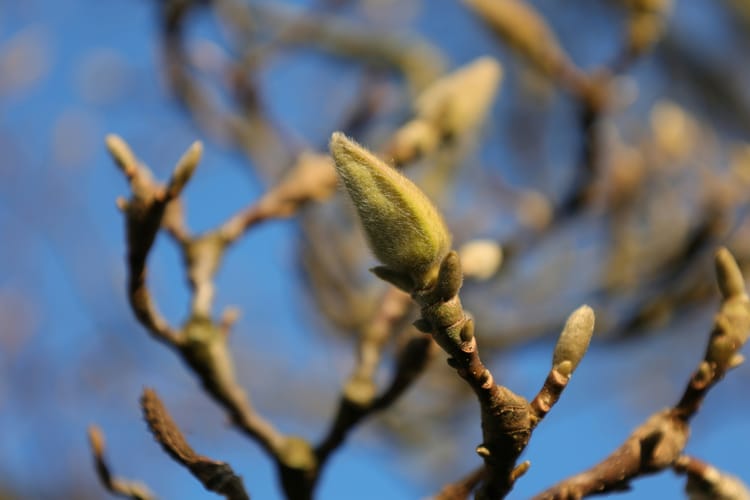
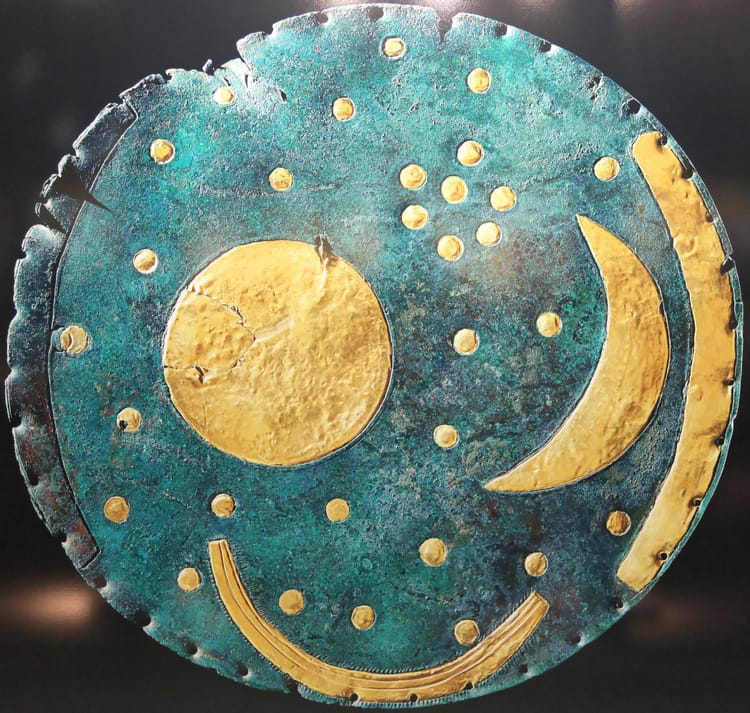
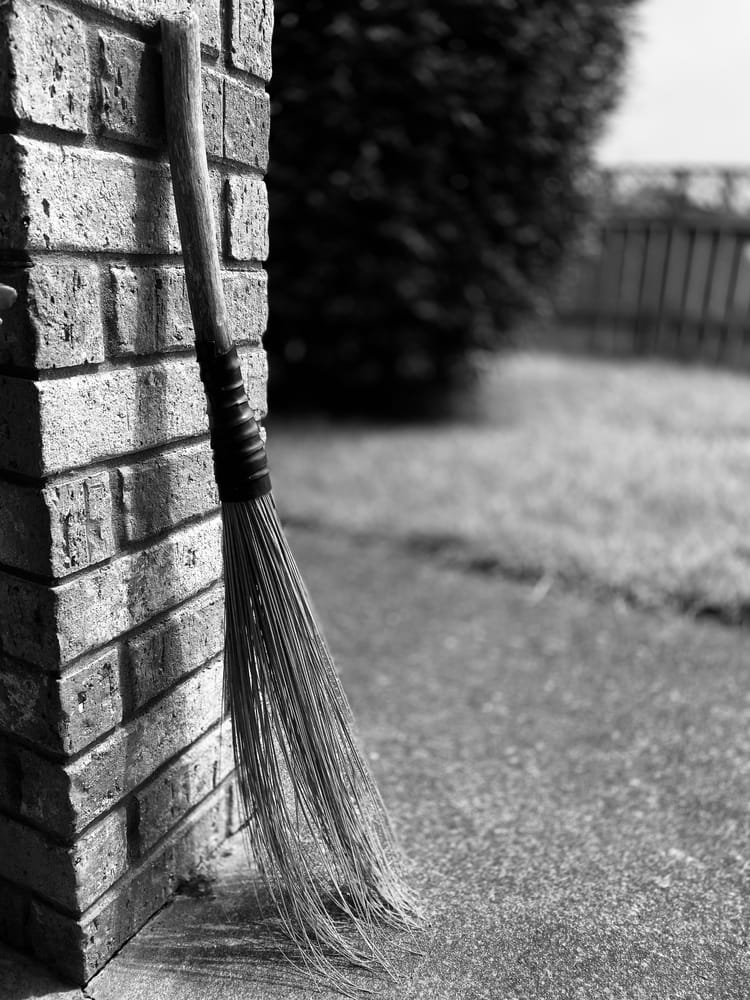
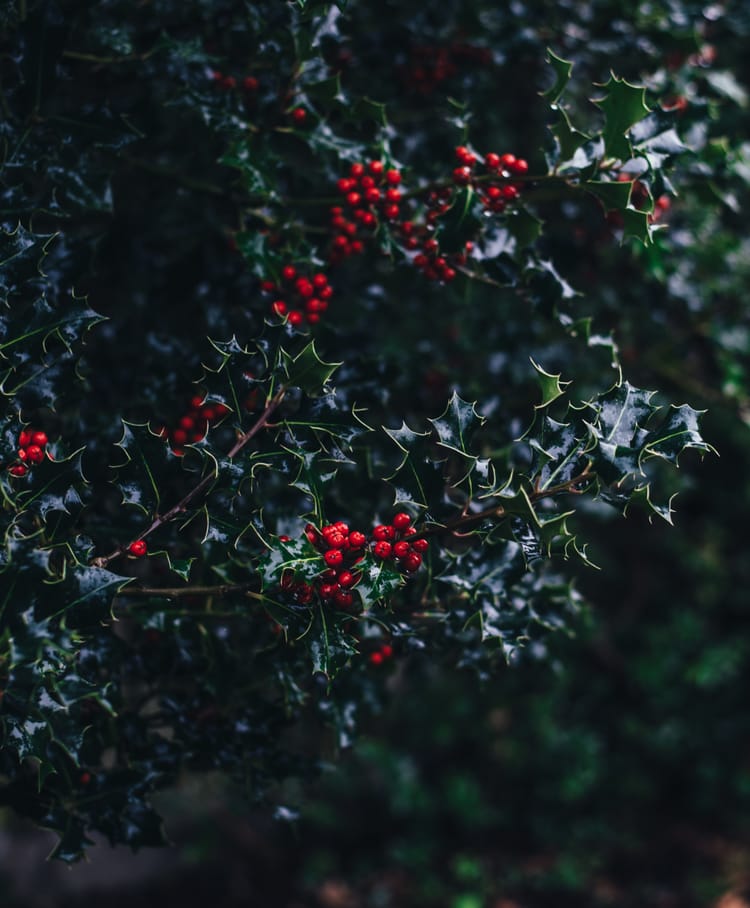
Member discussion